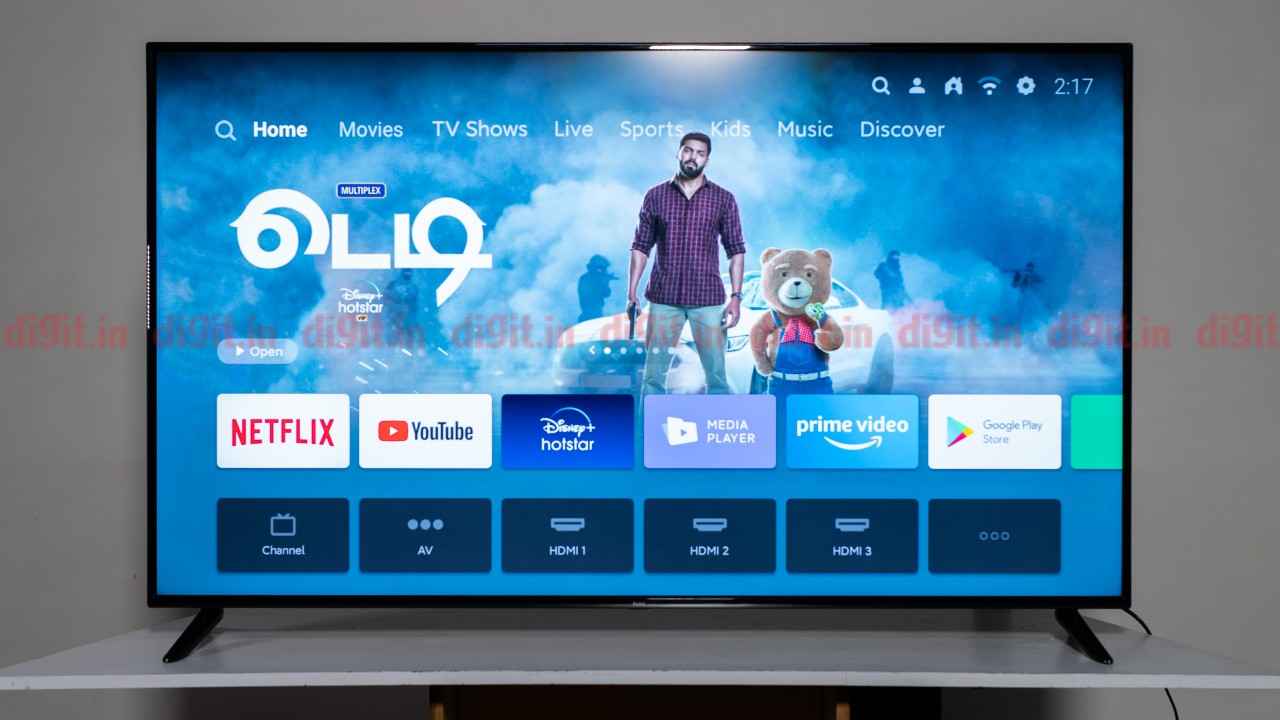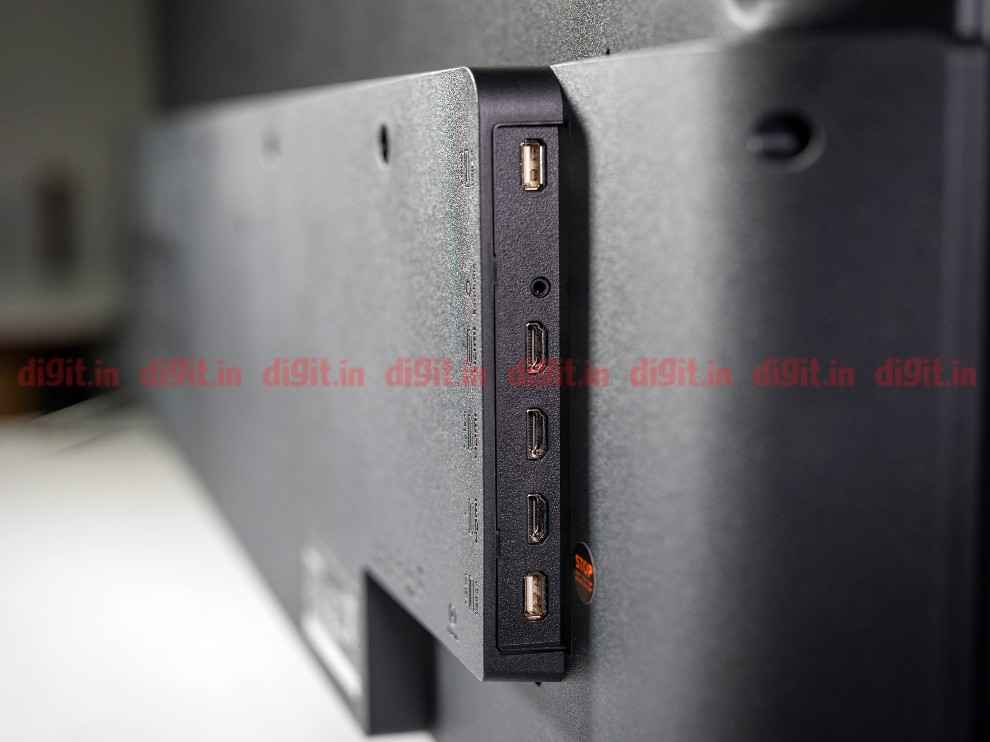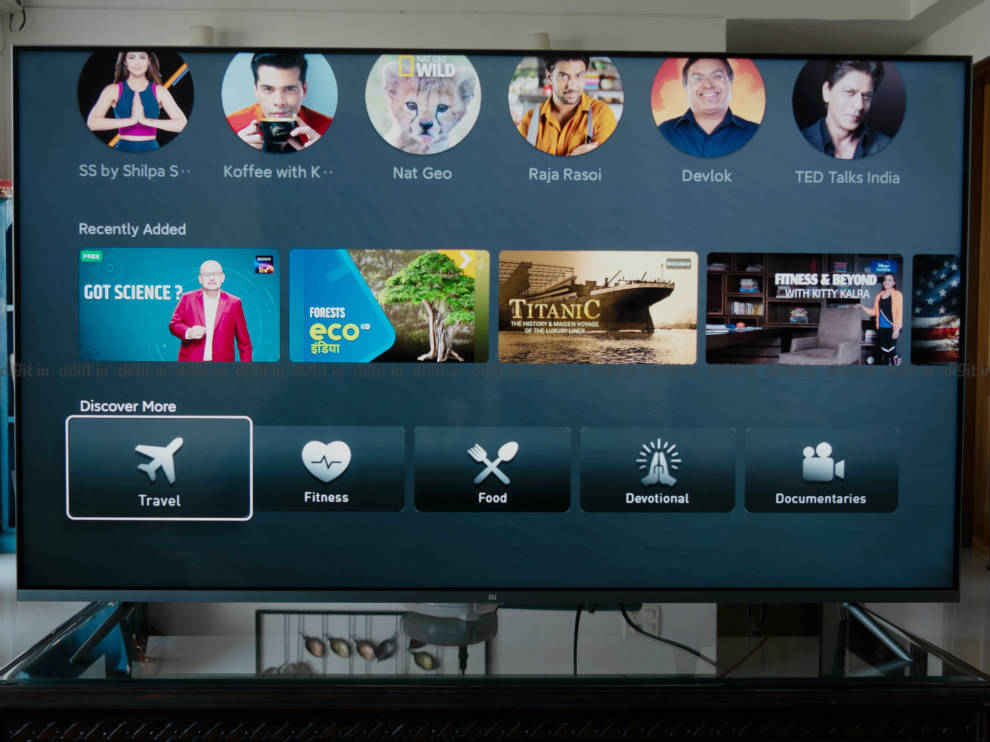Redmi Smart TV X Series vs Mi QLED TV: What’s the difference?
The Redmi Smart TV X Series is an LED-backlit LCD TV.
As the name suggests, the Mi QLED TV has a layer of Quantum dot between the backlighting and the panel.
Both the TVs support HDMI 2.1.

Redmi launched its first smart TVs in India, the Redmi Smart TV X Series, in March 2021. The TVs are made in India and bring an interesting set of features and specifications. Many of the specifications on paper are the same as the Mi QLED TV (review) Xiaomi launched back in December 2021. Today we will look at some of the differences and similarities between the Mi QLED TV and the Redmi TV to help you understand the right TV for you.
 Survey
SurveyRedmi Smart TV X Series vs Mi QLED TV: Screen sizes
The Mi QLED TV is available in one screen size only – 55-inch. The Redmi Smart TV X Series is available in three screen sizes – 50-inch, 55-inch and 65-inch. While the Redmi TV is available in various screen sizes, the features and specifications remain the same across all three screen sizes.
Redmi Smart TV X Series vs Mi QLED TV: Price
The Mi QLED TV is priced at Rs 55,999. The Redmi Smart TV X50 is priced at Rs 32,999, the Redmi Smart TV X55 is priced at Rs 38,999, and the Redmi smart TV X65 is priced at Rs 57,999.
Redmi Smart TV X Series vs Mi QLED TV: UI and OS
Both the TVs run on Android TV 10 out of the box with the option to use Xiaomi’s own PatchWall UI. Both the TVs have access to the Google Play store giving you the convenience of all popular streaming services and Android TV apps. PatchWall gives you a content-first approach making it easier to consume content, especially for those new to the smart TV ecosystem. You can switch between the traditional Android TV UI and the PatchWall UI with a simple click of the remote control. Placed side by side, the UI on both TVs is identical.
Redmi Smart TV X Series vs Mi QLED TV: Remote control
Another identical feature between the two TVs is the remote control. Ergonomics, design and build of both the TV remote control are the same. The Redmi TV redesigned the dedicated PatchWall button slightly but placed side by side, the remote controls are identical.
Redmi Smart TV X Series vs Mi QLED TV: Ports and connectivity
The options for connectivity on both TVs are also the same. The Redmi Smart TV X Series and Mi QLED TV offer users three HDMI ports, two USB ports, Ethernet port, AV port, optical port and a 3.5mm port.
All the three ports on both the TVs are HDMI 2.1, giving you access to ALLM (Auto Low Latency Mode). This means that when you connect an Xbox Series X (review) or a PS5 (review) to the TV, you can take advantage of the HDMI 2.1 features on those consoles. However, do note that both the TVs do not support VRR. You also get access to eARC, letting you connect a Dolby Atmos-enabled home theatre or soundbar to the TV.
Redmi Smart TV X Series vs Mi QLED TV: Build and design
This is where the two TVs differ. The Mi QLED TV has slim bezels all around. It also has an aluminium alloy frame with a sandblast coating, giving it a premium finish. The TV has a 96% screen to body ratio, and at the back, the TV has a carbon finish.
The Redmi TV, on the other hand, has a plastic build. It has relatively slim bezels surrounding the display. It has two plastic feet holding it in place on a tabletop. Despite having a budget build, the TV has a very smart arrangement for the ports. Traditionally we’ve seen large screen budget TVs house the ports at the back, in the centre. That isn’t the case here. The ports on the X65 are closer to the edge of the panel at the back, making it easier to reach.
Redmi Smart TV X Series vs Mi QLED TV: Display and panel technology
Another area of difference between the two TVs is the display technology. While both TVs support HDR, HDR 10+ and Dolby Vision, the panel technology powering the TVs are different. The Redmi TV has a simple LED-backlit LCD panel. It has D-LED backlighting and comes with a 10-bit panel. The TV is available in VA and IPS panel, but you won't be able to choose one when purchasing the TV.
As the name suggests, the Mi QLED TV has a layer of quantum dot between the backlighting and panel – hence QLED. QLED panels offer richer colours compared to traditional LED panels on TVs. the Mi QLED TV also does not come with any dimming zones.
Redmi Smart TV X Series vs Mi QLED TV: Sound output
Both the TVs have 30W of sound output, but there is a crucial difference in how this is achieved. The Mi QLED TV has a six-speaker setup comprising of four full-range drivers and two tweeters. The Redmi TV has the traditional two-driver layout. While the output is the same, there will, of course, be a difference in the clarity. Since both the TVs have eARC, users can connect their Dolby Atmos soundbars to the TV.
The Redmi TV also supports DTS Virtual:X, something the Mi QLED TV lacks.
Redmi Smart TV X Series vs Mi QLED TV: Conclusion
It is clear that even though the features, UI and some specifications of the Mi QLED TV are the same as the Redmi TV, they differ in three key areas – display technology, speaker setup, and build quality. Xiaomi has made the necessary compromises to give users an affordable option in the Redmi Smart TV X Series while maintaining some level of “premium” appeal for the Mi QLED TV.
Sameer Mitha
Sameer Mitha lives for gaming and technology is his muse. When he isn’t busy playing with gadgets or video games he delves into the world of fantasy novels. View Full Profile

